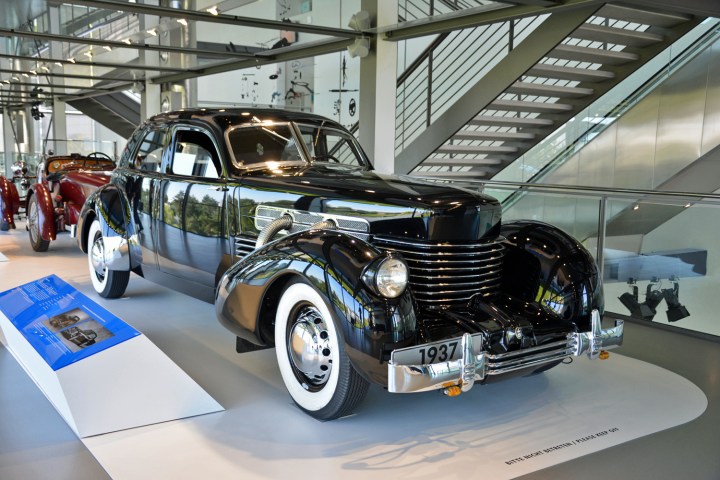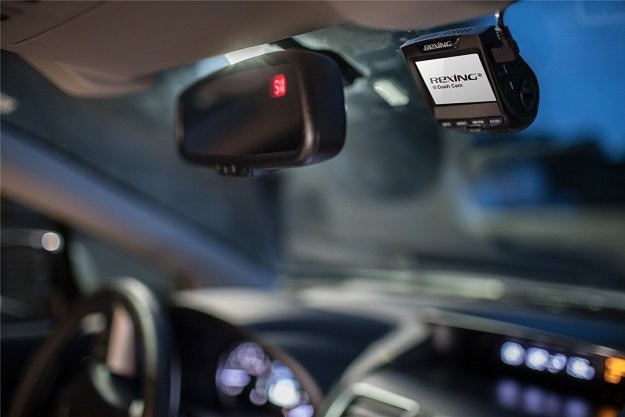
Based in Indiana, Cord built cars from 1929 to 1932 and from 1936 to 1937. One of its best-known models is the front-wheel drive 812 (pictured), which was the first series-produced car with retractable headlights and the first car to come standard with a radio. At its launch, the 812 was praised for its radical coffin nose design.
The revival is the work of Craig Corbell, an oil industry consultant from the Houston area. He purchased the rights to the Cord name two years ago from the family of the man who bought the company’s assets when it shut down, according to the car-enthusiast site Hemmings. Details on the born-again Cord are few and far between, and Corbell explained that nothing will be announced until he strikes a supply deal with an established automaker.
Cord isn’t a household name, but it still resonates in the auto industry. “There has been a surprising amount of interest from the industry because of the brand,” noted Corbell.
The first Cord of the 21st century could debut at next year’s edition of the SEMA show in Las Vegas, though that timeline isn’t set in stone. Pricing information hasn’t been announced yet, but production will be limited to no more than 325 units annually.
That’s because the revival is made possible by the Low-Volume Motor Vehicle Manufacturers Act that Congress passed about a year ago. The bill exempts cars built by low-volume manufacturers from federal regulations, therefore allowing small companies to offer complete, turnkey vehicles if the engine used comes from a fully compliant vehicle. It’s the same law that allowed a Texas-based company to bring back the DeLorean.




